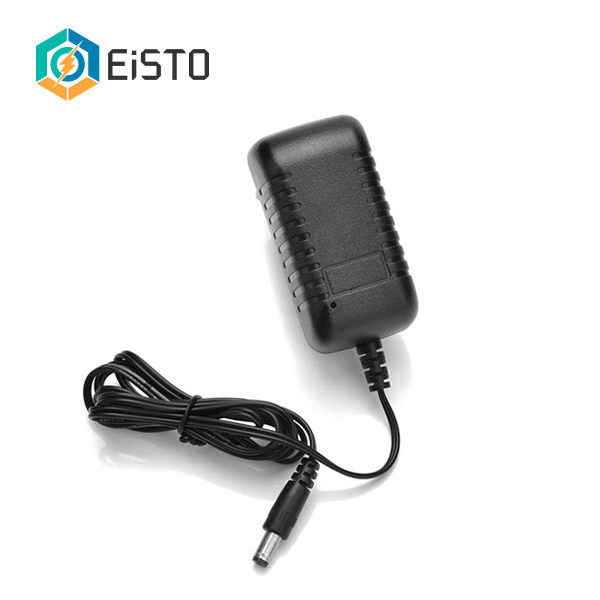Key features and considerations related to battery chargers
2023-10-16
A battery charger is a device used to recharge rechargeable batteries by supplying electrical energy to the battery cells. It is commonly used for various types of batteries, including those found in consumer electronics, vehicles, power tools, and other portable devices. Here are some key features and considerations related to battery chargers:
1. Compatibility: Battery chargers are designed to be compatible with specific types of batteries, such as lithium-ion (Li-ion), nickel-cadmium (NiCd), nickel-metal hydride (NiMH), or lead-acid batteries. It's important to choose a charger that matches the type and voltage of the battery you intend to charge to ensure compatibility and safe charging.
2. Charging Capacity: Battery chargers have different charging capacities, often measured in terms of ampere-hours (Ah) or milliampere-hours (mAh). The charging capacity determines how quickly a battery can be charged. Higher charging capacities allow for faster charging, but it's essential to ensure that the charger's capacity matches the battery's specifications to avoid overcharging or damaging the battery.
3. Charging Modes: Battery chargers may offer different charging modes to cater to various charging needs. Common modes include trickle charging (slow and low-current charging for maintaining battery capacity), fast charging (quickly charging the battery to a usable level), and maintenance charging (keeping the battery topped up without overcharging). Some chargers may also include specialized modes for specific battery chemistries or charging requirements.
4. Safety Features: Safety is an important consideration when using a battery charger. Look for chargers that incorporate features like overcharge protection, short circuit protection, overcurrent protection, reverse polarity protection, and temperature monitoring. These features help prevent damage to the battery and minimize the risk of accidents or hazards during the charging process.
5. Charging Indicators: Many battery chargers feature LED indicators or digital displays that provide information about the charging status. This includes indicating when the battery is charging, fully charged, or if there are any errors or faults in the charging process. Clear and intuitive charging indicators can make it easier to monitor the progress and status of the charging process.
6. Portability and Versatility: Consider the portability and versatility of the battery charger. Some chargers are designed for stationary use, while others are compact and portable for on-the-go charging. Additionally, some chargers may be capable of charging multiple battery types or have interchangeable charging plates or adapters to accommodate various battery sizes.
7. Brand and Quality: Choosing a reputable brand and a high-quality battery charger is important for reliable performance and safety. Research customer reviews, product specifications, and safety certifications to ensure you are selecting a charger from a trusted manufacturer.
When using a battery charger, it is crucial to follow the manufacturer's instructions and recommendations for safe and effective charging. Avoid leaving batteries unattended while charging and ensure that the charger is suitable for the battery type and voltage. Properly maintaining and charging your batteries with a compatible charger can help prolong their lifespan and optimize their performance.



